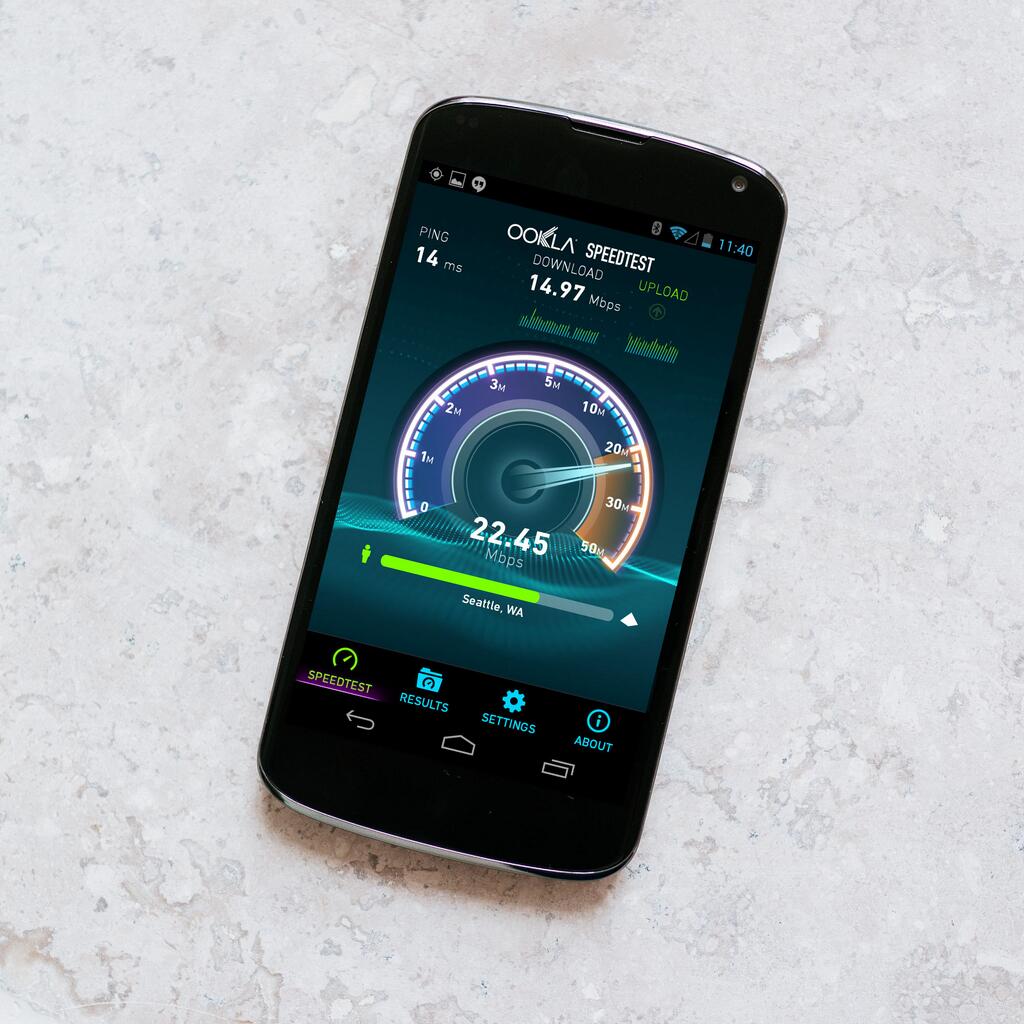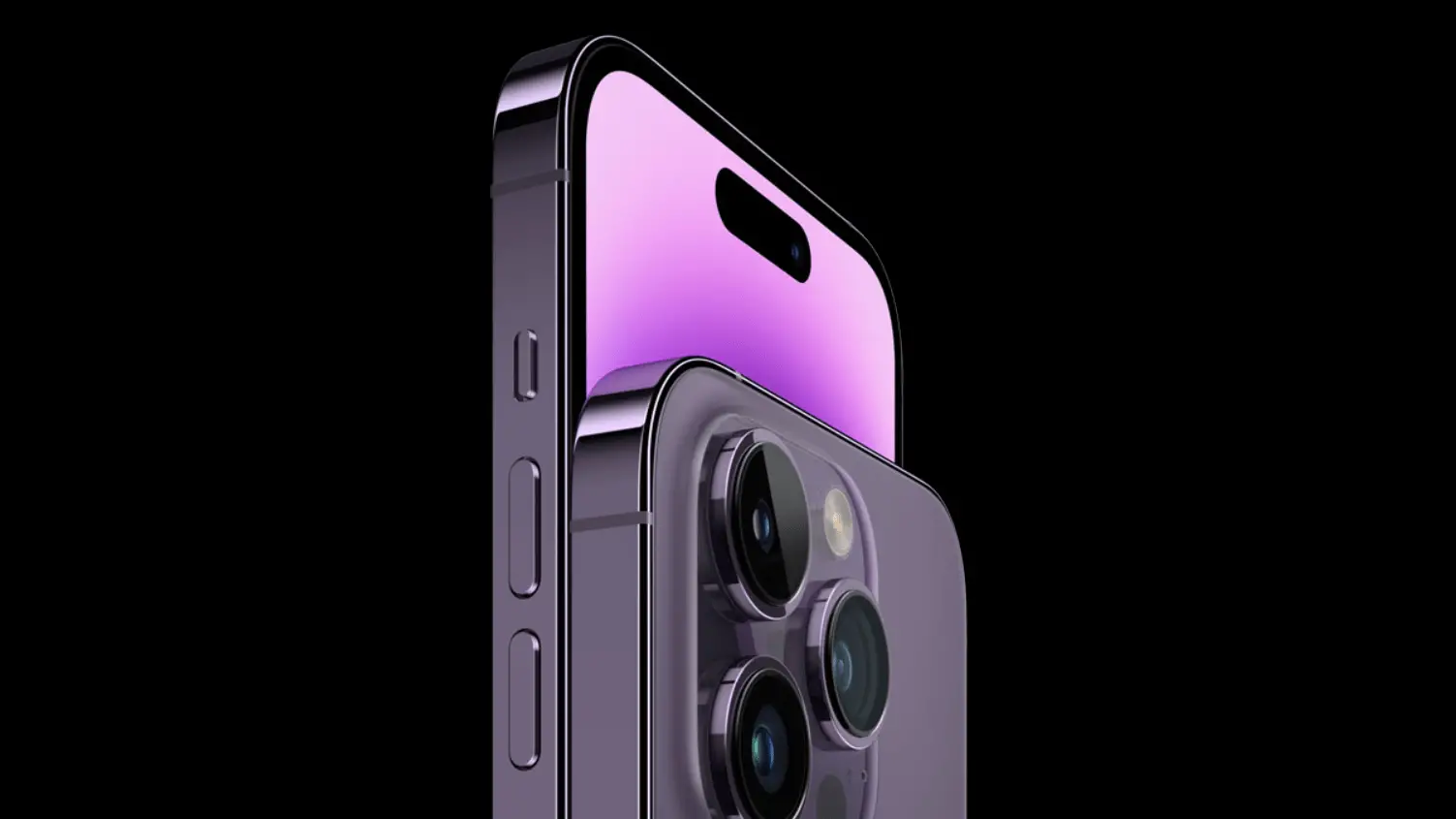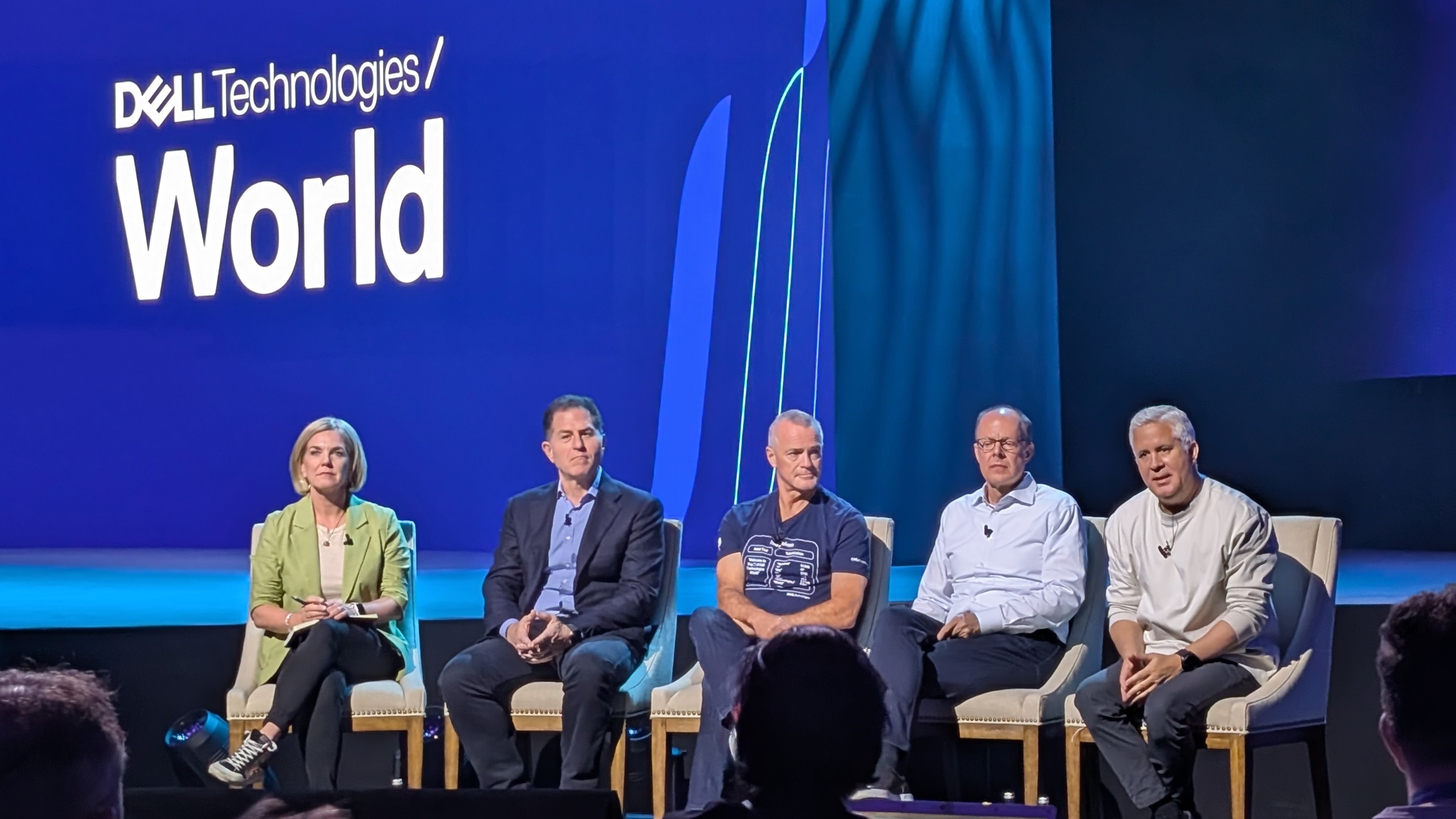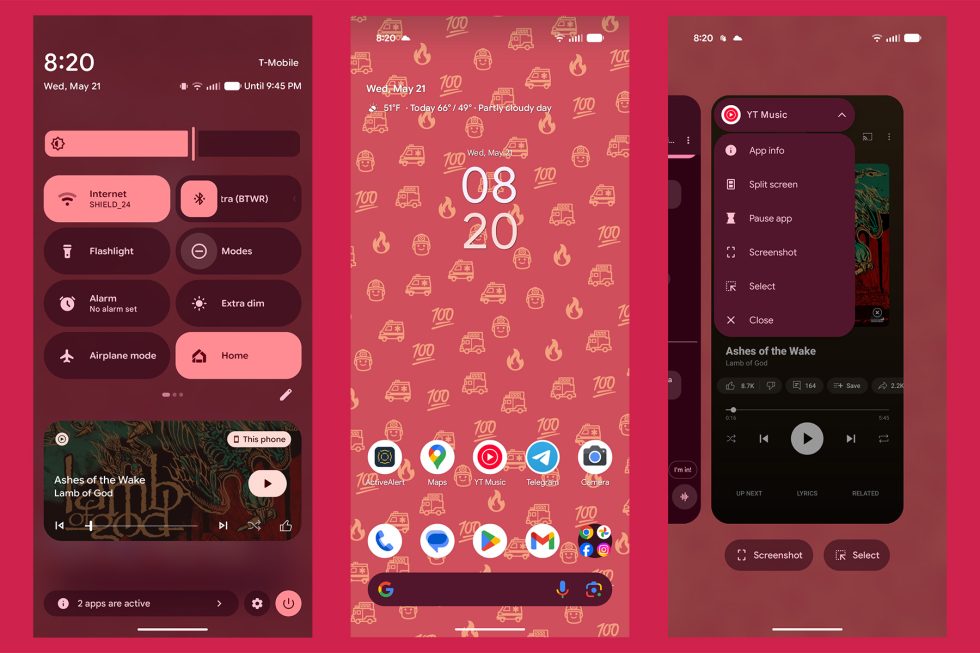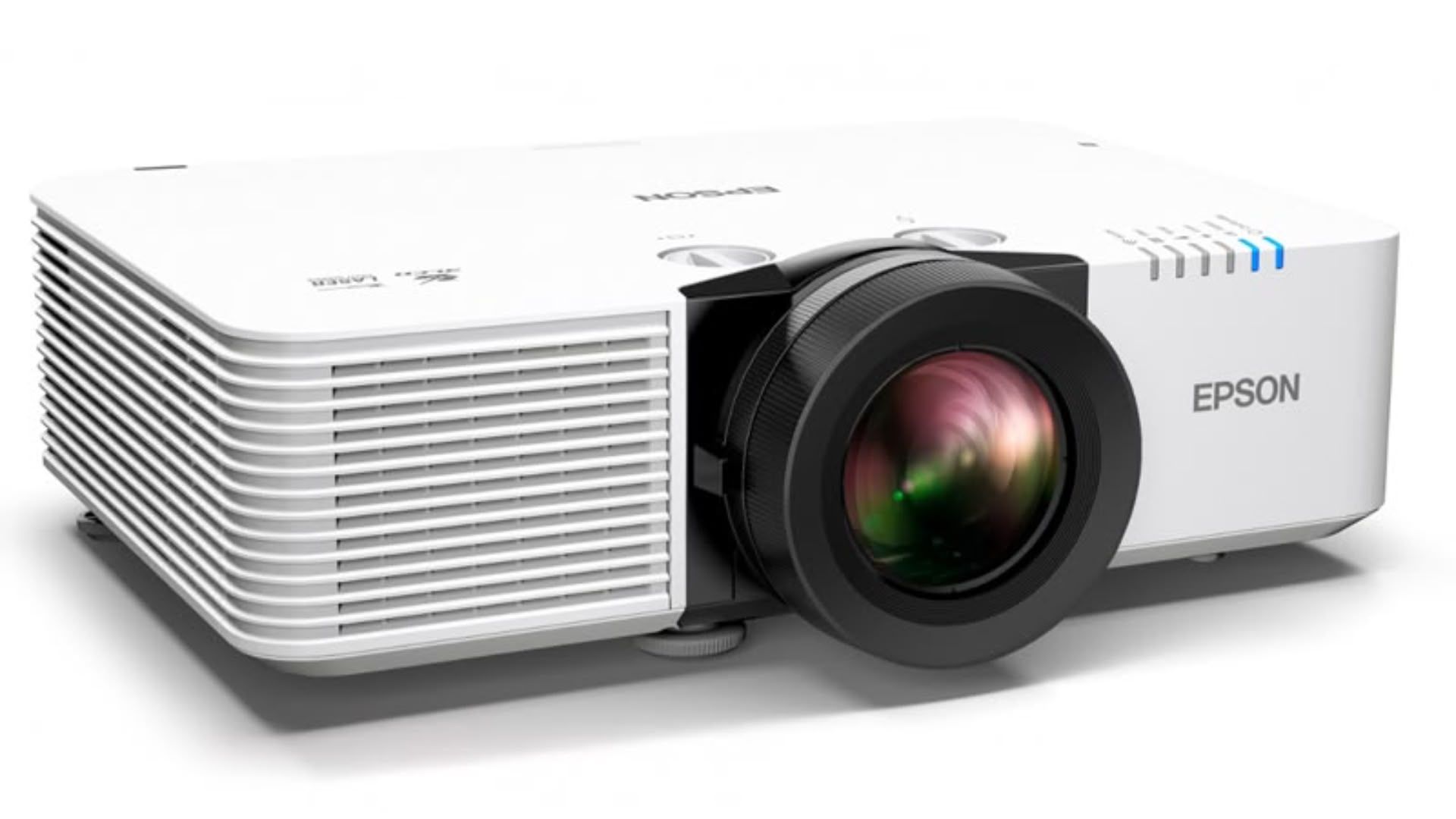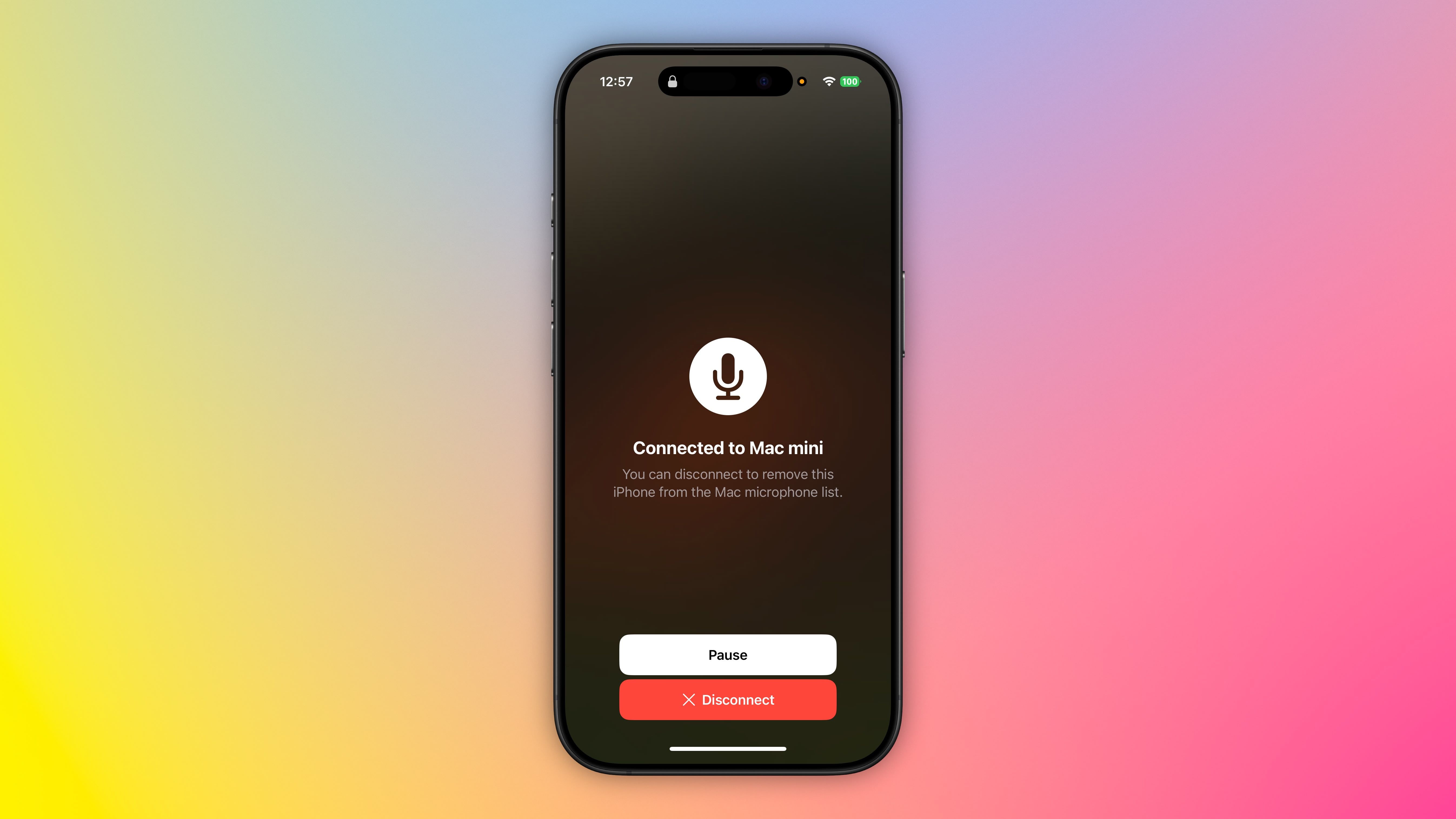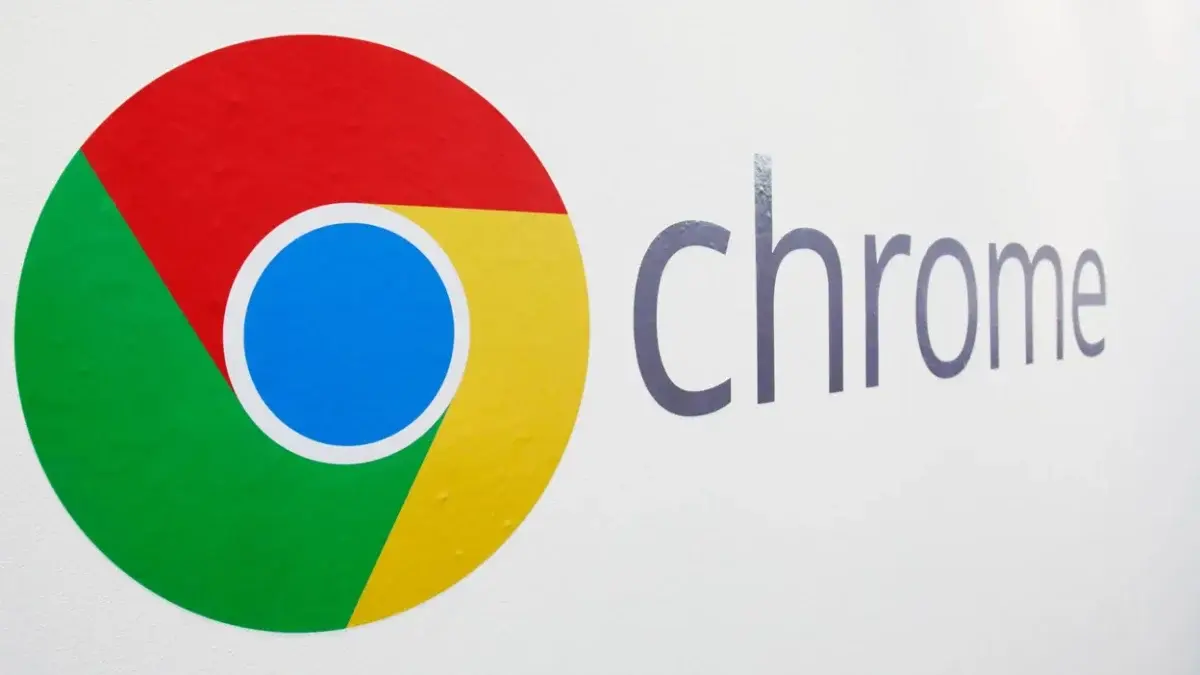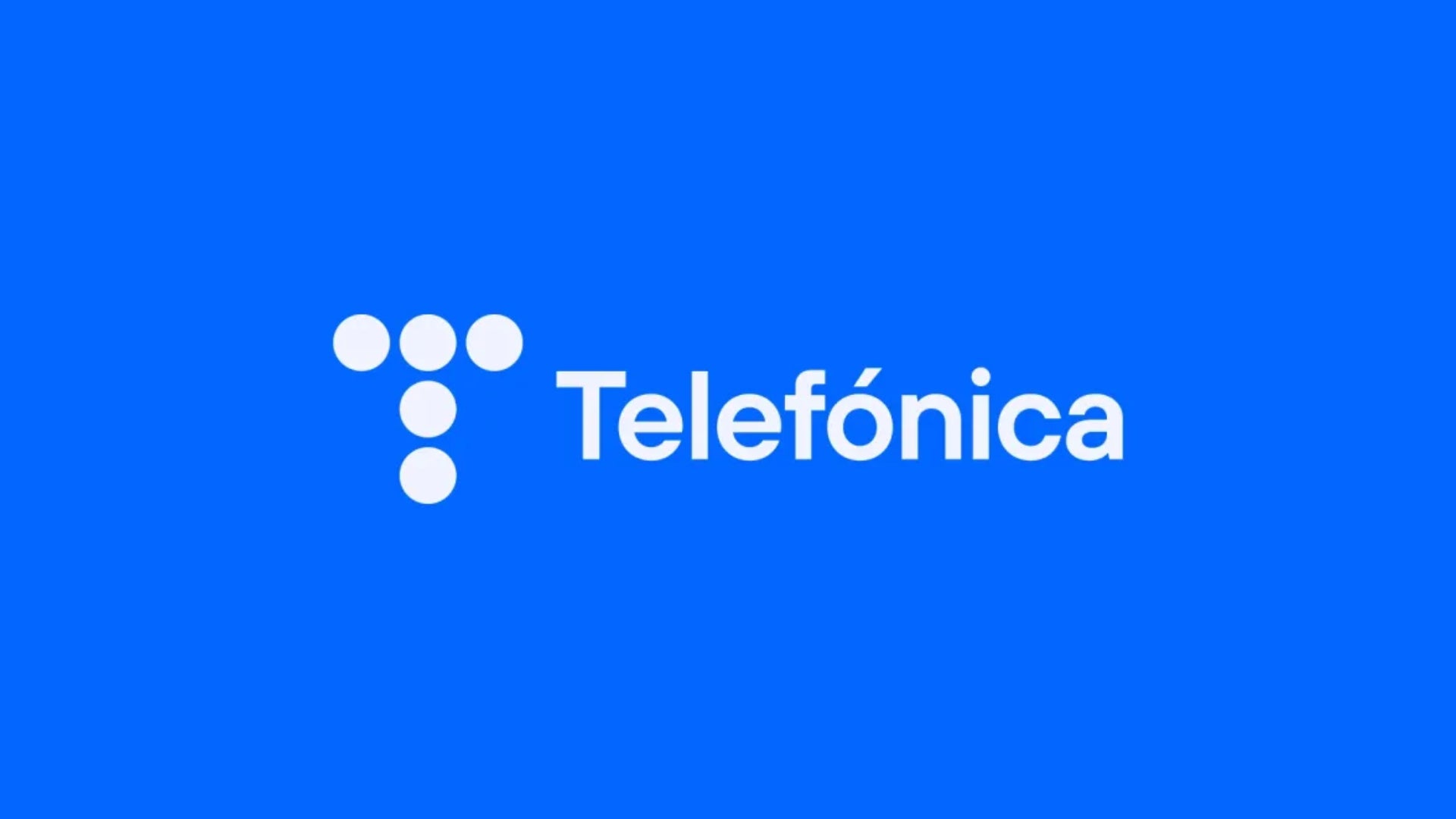Goodbye Project Starline, hello Google Beam 3D video conferencing
Google first teased Project Starline in 2021, billing it at the time as a "magic window" that uses special hardware, computer vision and machine learning to create an almost holographic video call experience. Since then, we've learned that the company is teaming up with HP to bring a scaled-down version of the product to enterprise clients and checked out an early version of the experiment for ourselves. At I/O 2025 today, Google announced that Project Starline "is evolving into an AI-first 3D video communication platform" called Beam. CEO Sundar Pichai said onstage that the first devices will be available later this year to "select customers," though there's no word on pricing just yet. Adding to the computer vision and machine learning that already go into Project Starline (now Beam), Google says the platform will "use AI to enable a new generation of devices that help people make meaningful connections, no matter where they are." Powering the visuals are a "state-of-the-art AI volumetric video model," some juice via Google Cloud and the light field display from before. All told, it makes the calls "appear fully 3D from any perspective." There are six cameras built into the Beam system to capture you from various angles, and the system uses AI to merge the streams and render you and your caller on the light field display. It'll track your head movement to make sure it's delivering the data to your eyes at the right angles, and do so at 60 frames per second. Not only is Google working with HP to "bring the first Google Beam devices to market with select customers later this year," but it's also collaborating with apps like Zoom and "channel partners" like Diversified and AVI-SPL to broaden Google Beam's footprint globally. Since this clearly isn't meant for consumers like you or me, it's unsurprising that pricing hasn't been released. You'd ostensibly need not only deep pockets but also probably huge homes to house these devices in. Or large offices, perhaps. Some companies have already indicated interest, including Deloitte, Salesforce, Citadel, NEC, Hackensack Meridian Health, Recruit and Duolingo. That last one is all the more intriguing because Google also announced new realtime translation features coming to Meet today, and said that it's exploring speech translation with Beam. Google added that in a few weeks, the first Google Beam products from HP will be shown off at InfoComm, which takes place in Orlando, FL, from June 7 to 13. Though we don't know yet how much a unit of Google Beam might cost, it might be worth pointing out that Logitech made a different version called Project Ghost, which was estimated to cost between $15,000 and $20,000 per booth depending on the configuration. To be clear, though, Project Ghost is not holographic or rendering 3D, it's just a large TV streaming 2D video that's so big it makes your callers seem life-sized.This article originally appeared on Engadget at https://www.engadget.com/ai/goodbye-project-starline-hello-google-beam-3d-video-conferencing-171056302.html?src=rss

Google first teased Project Starline in 2021, billing it at the time as a "magic window" that uses special hardware, computer vision and machine learning to create an almost holographic video call experience. Since then, we've learned that the company is teaming up with HP to bring a scaled-down version of the product to enterprise clients and checked out an early version of the experiment for ourselves. At I/O 2025 today, Google announced that Project Starline "is evolving into an AI-first 3D video communication platform" called Beam. CEO Sundar Pichai said onstage that the first devices will be available later this year to "select customers," though there's no word on pricing just yet.
Adding to the computer vision and machine learning that already go into Project Starline (now Beam), Google says the platform will "use AI to enable a new generation of devices that help people make meaningful connections, no matter where they are."
Powering the visuals are a "state-of-the-art AI volumetric video model," some juice via Google Cloud and the light field display from before. All told, it makes the calls "appear fully 3D from any perspective." There are six cameras built into the Beam system to capture you from various angles, and the system uses AI to merge the streams and render you and your caller on the light field display. It'll track your head movement to make sure it's delivering the data to your eyes at the right angles, and do so at 60 frames per second.
Not only is Google working with HP to "bring the first Google Beam devices to market with select customers later this year," but it's also collaborating with apps like Zoom and "channel partners" like Diversified and AVI-SPL to broaden Google Beam's footprint globally. Since this clearly isn't meant for consumers like you or me, it's unsurprising that pricing hasn't been released. You'd ostensibly need not only deep pockets but also probably huge homes to house these devices in. Or large offices, perhaps.
Some companies have already indicated interest, including Deloitte, Salesforce, Citadel, NEC, Hackensack Meridian Health, Recruit and Duolingo. That last one is all the more intriguing because Google also announced new realtime translation features coming to Meet today, and said that it's exploring speech translation with Beam.
Google added that in a few weeks, the first Google Beam products from HP will be shown off at InfoComm, which takes place in Orlando, FL, from June 7 to 13.
Though we don't know yet how much a unit of Google Beam might cost, it might be worth pointing out that Logitech made a different version called Project Ghost, which was estimated to cost between $15,000 and $20,000 per booth depending on the configuration. To be clear, though, Project Ghost is not holographic or rendering 3D, it's just a large TV streaming 2D video that's so big it makes your callers seem life-sized.This article originally appeared on Engadget at https://www.engadget.com/ai/goodbye-project-starline-hello-google-beam-3d-video-conferencing-171056302.html?src=rss





















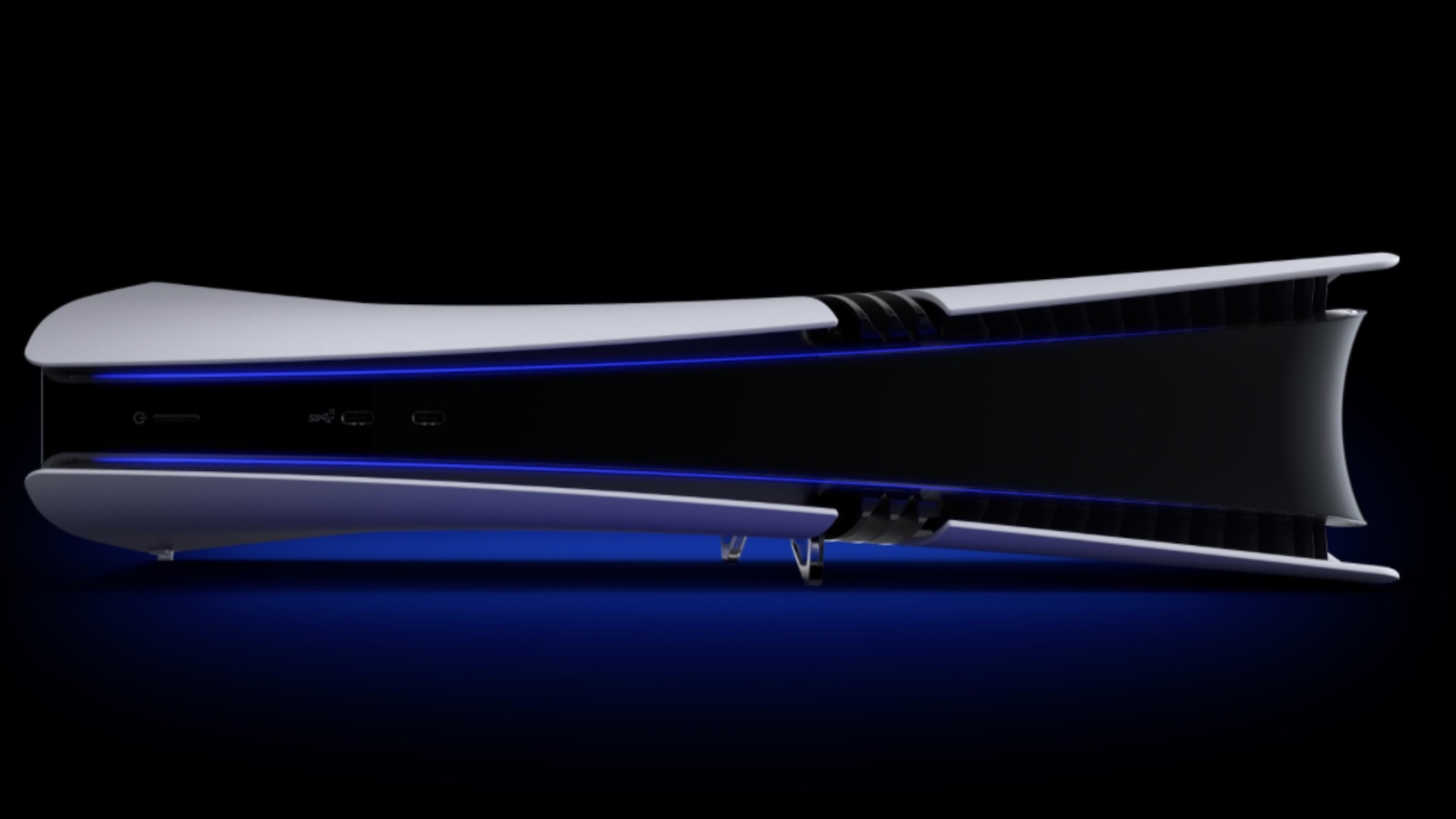
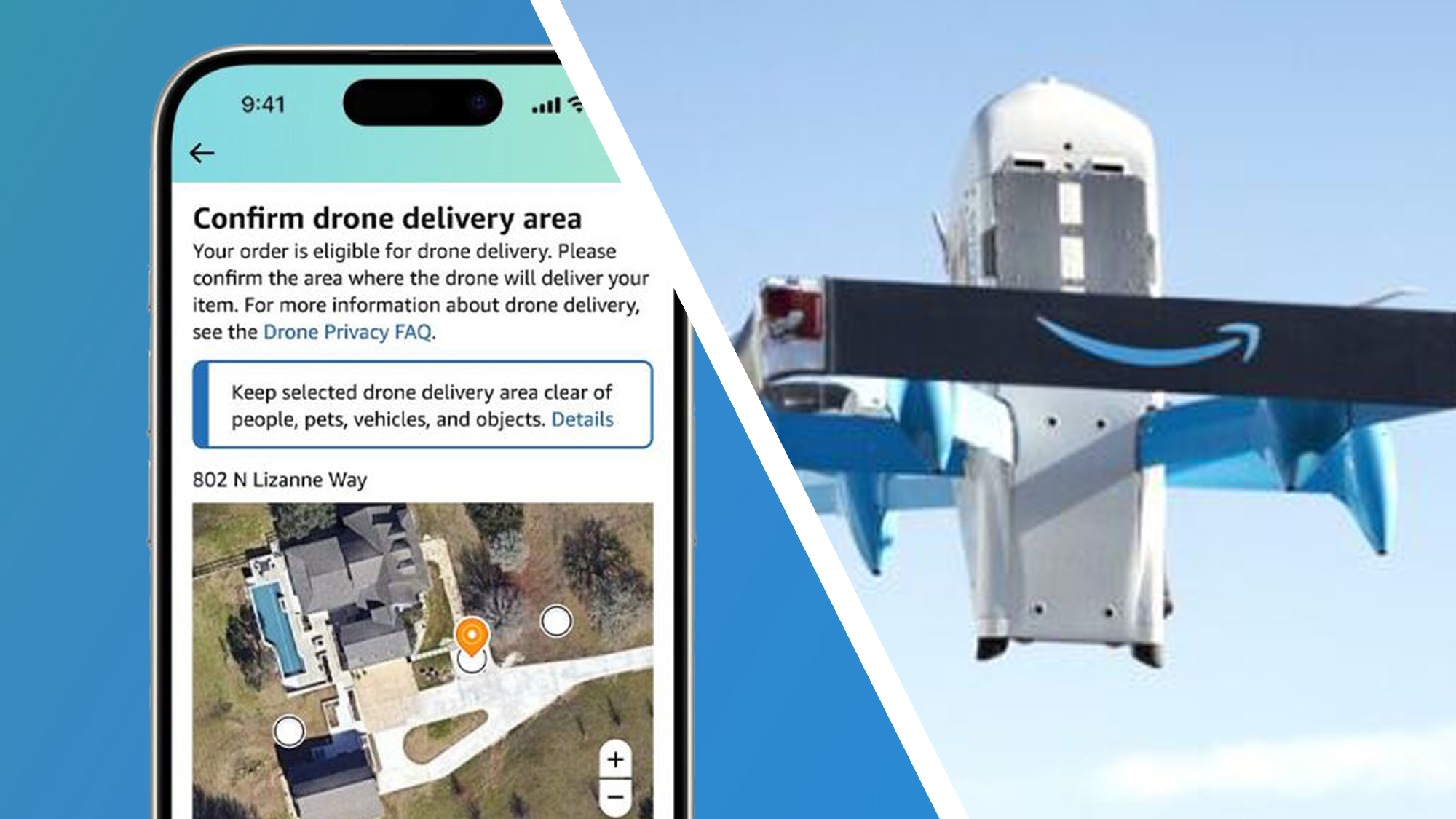


























































































































































![[The AI Show Episode 148]: Microsoft’s Quiet AI Layoffs, US Copyright Office’s Bombshell AI Guidance, 2025 State of Marketing AI Report, and OpenAI Codex](https://www.marketingaiinstitute.com/hubfs/ep%20148%20cover%20%281%29.png)


![[The AI Show Episode 146]: Rise of “AI-First” Companies, AI Job Disruption, GPT-4o Update Gets Rolled Back, How Big Consulting Firms Use AI, and Meta AI App](https://www.marketingaiinstitute.com/hubfs/ep%20146%20cover.png)





































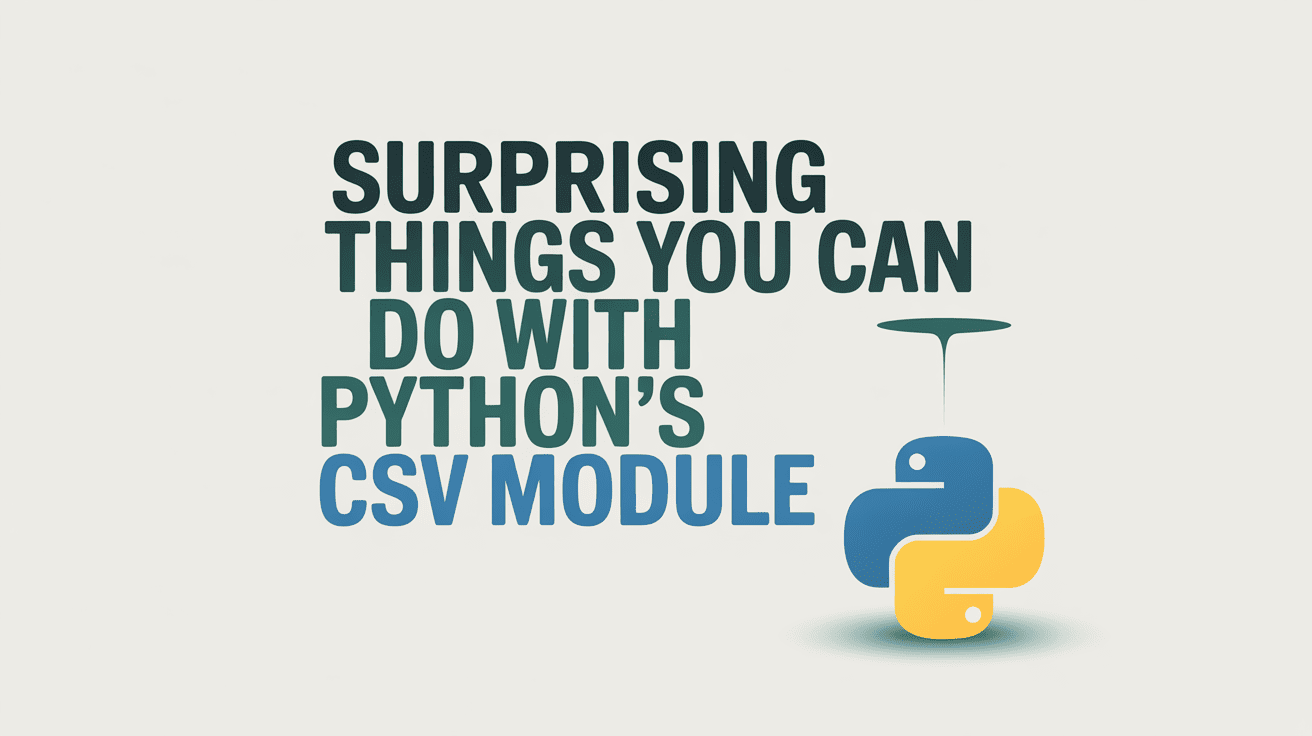













































































































































































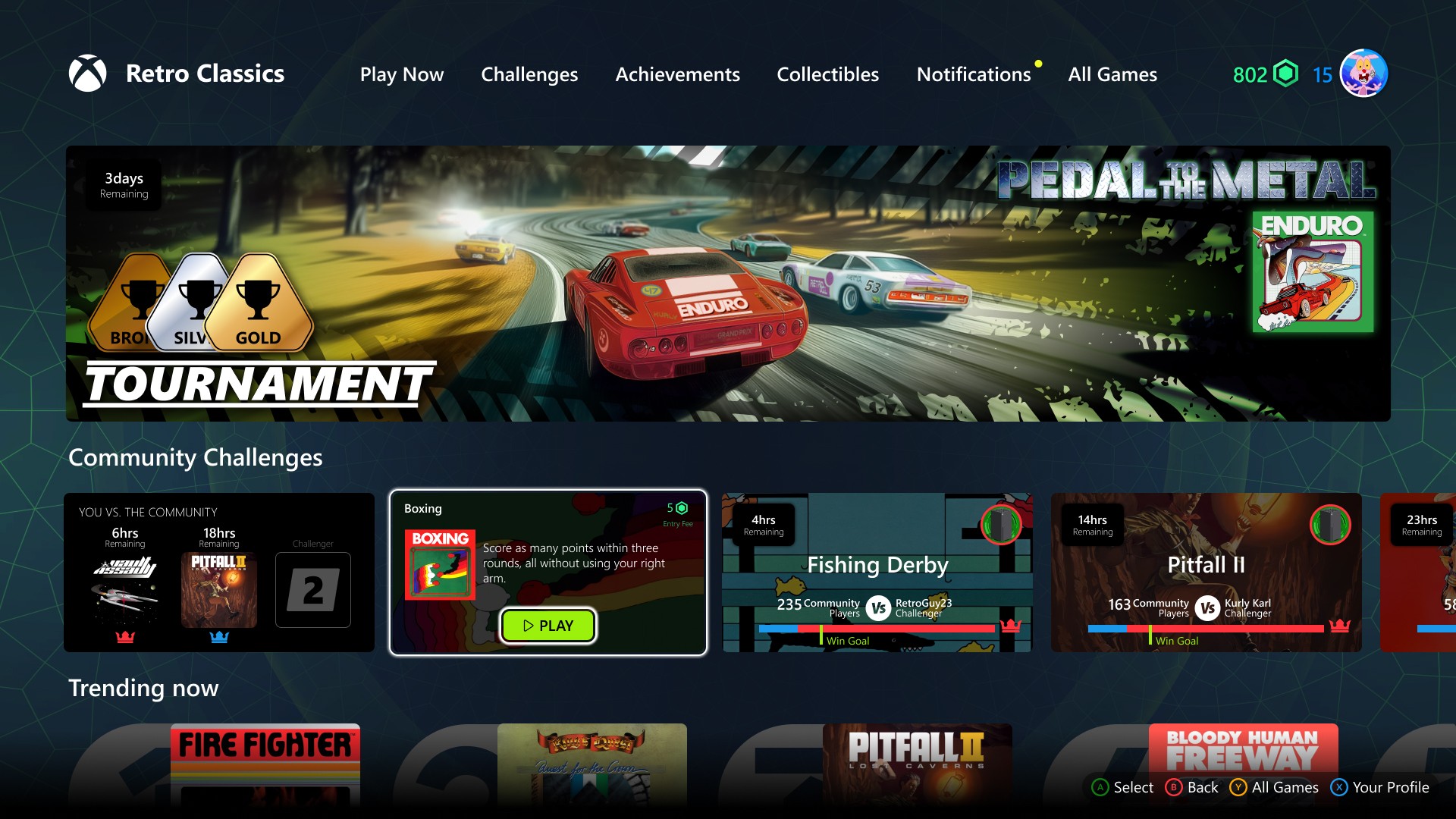




















.jpg?#)








.jpg?width=1920&height=1920&fit=bounds&quality=70&format=jpg&auto=webp#)



















_pichetw_Alamy.jpg?width=1280&auto=webp&quality=80&disable=upscale#)

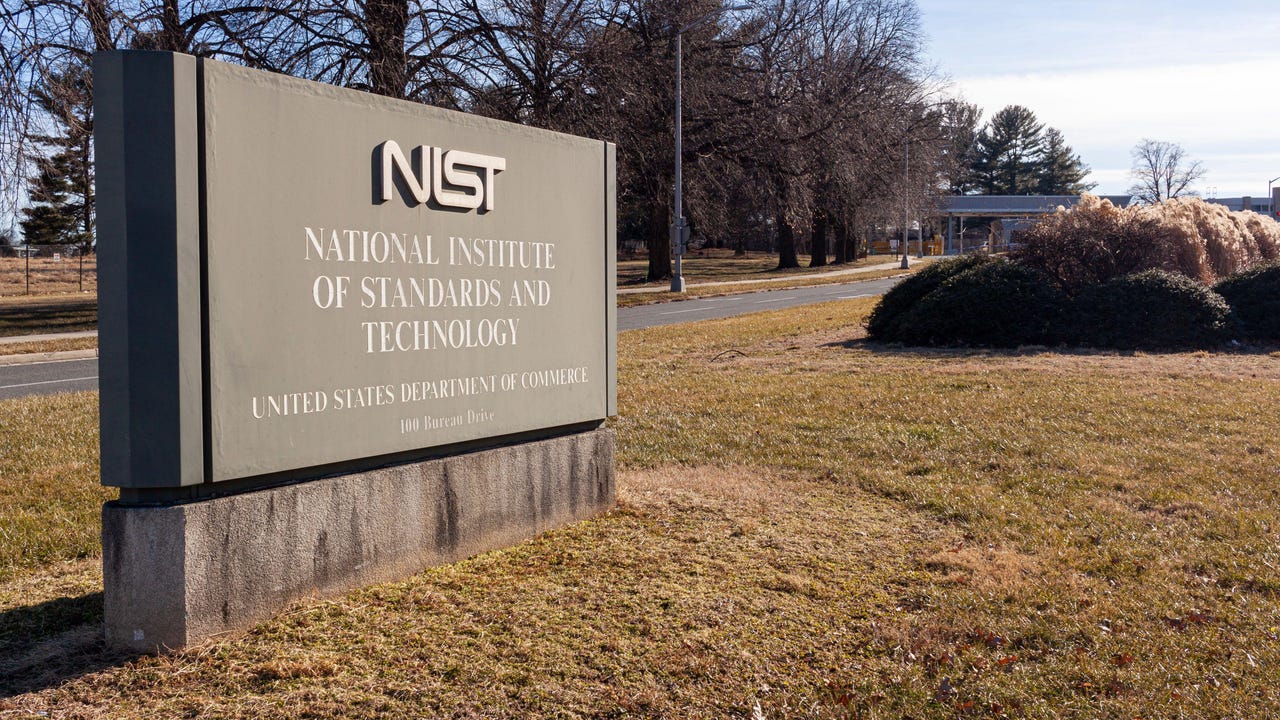







































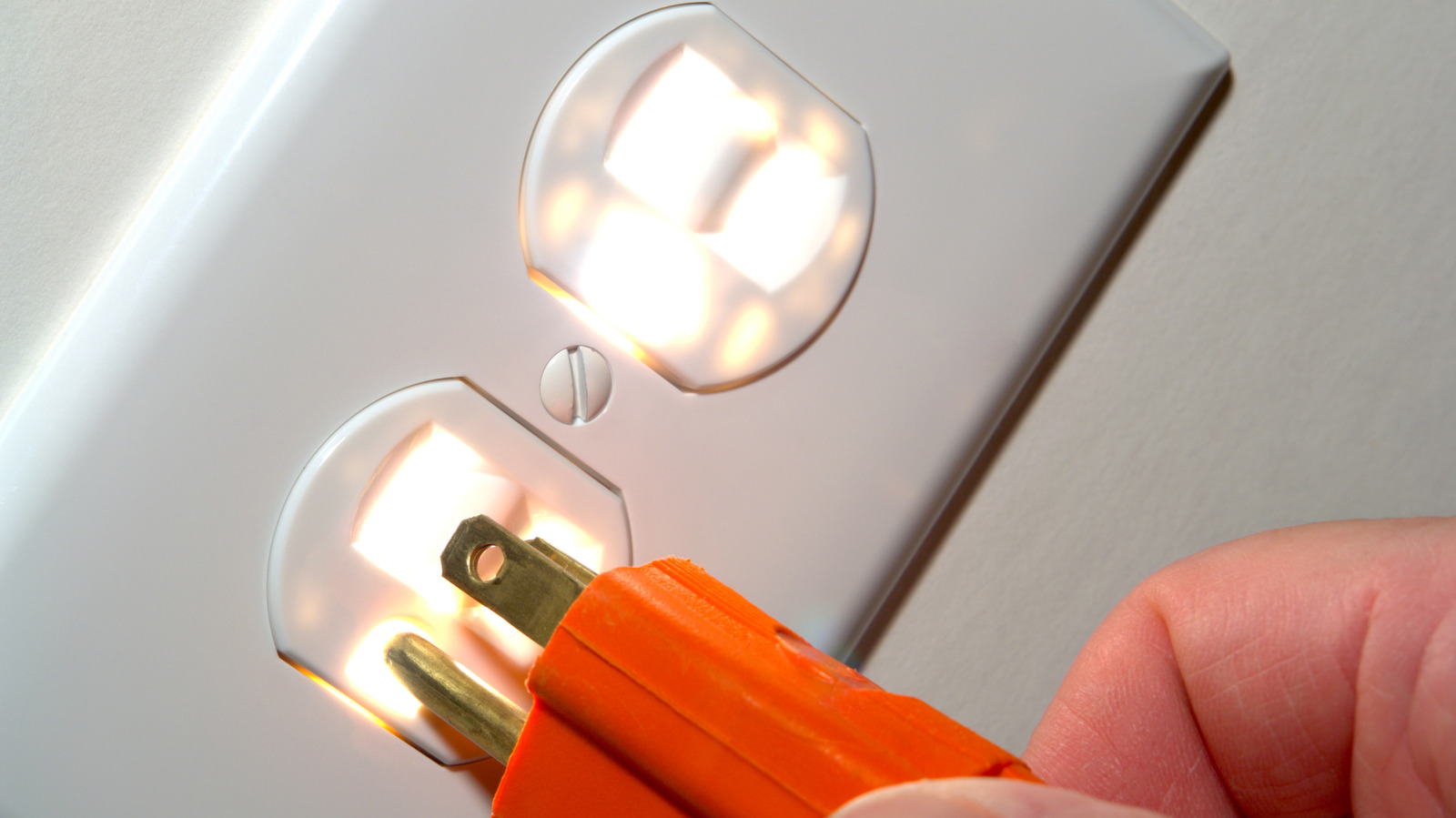



































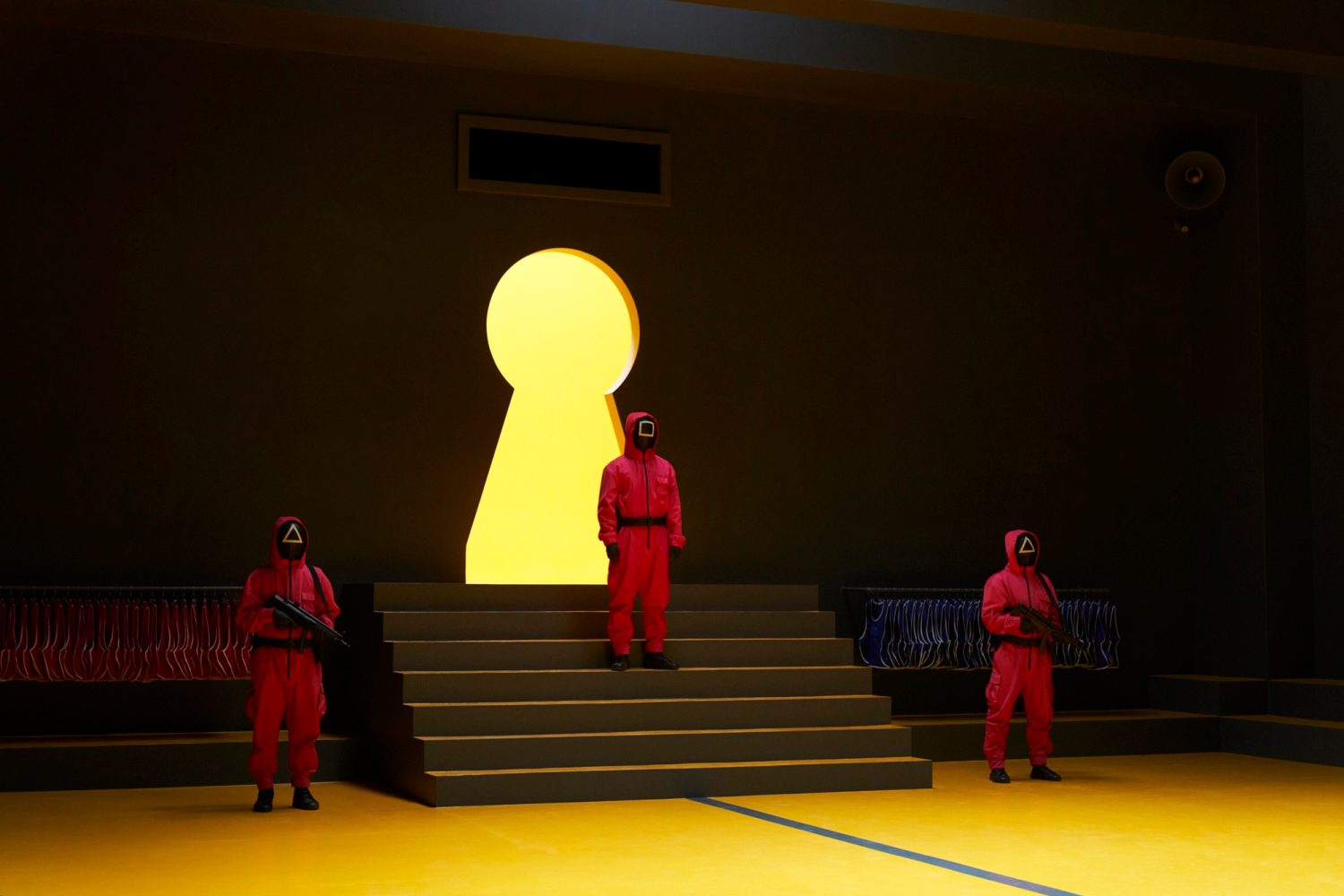

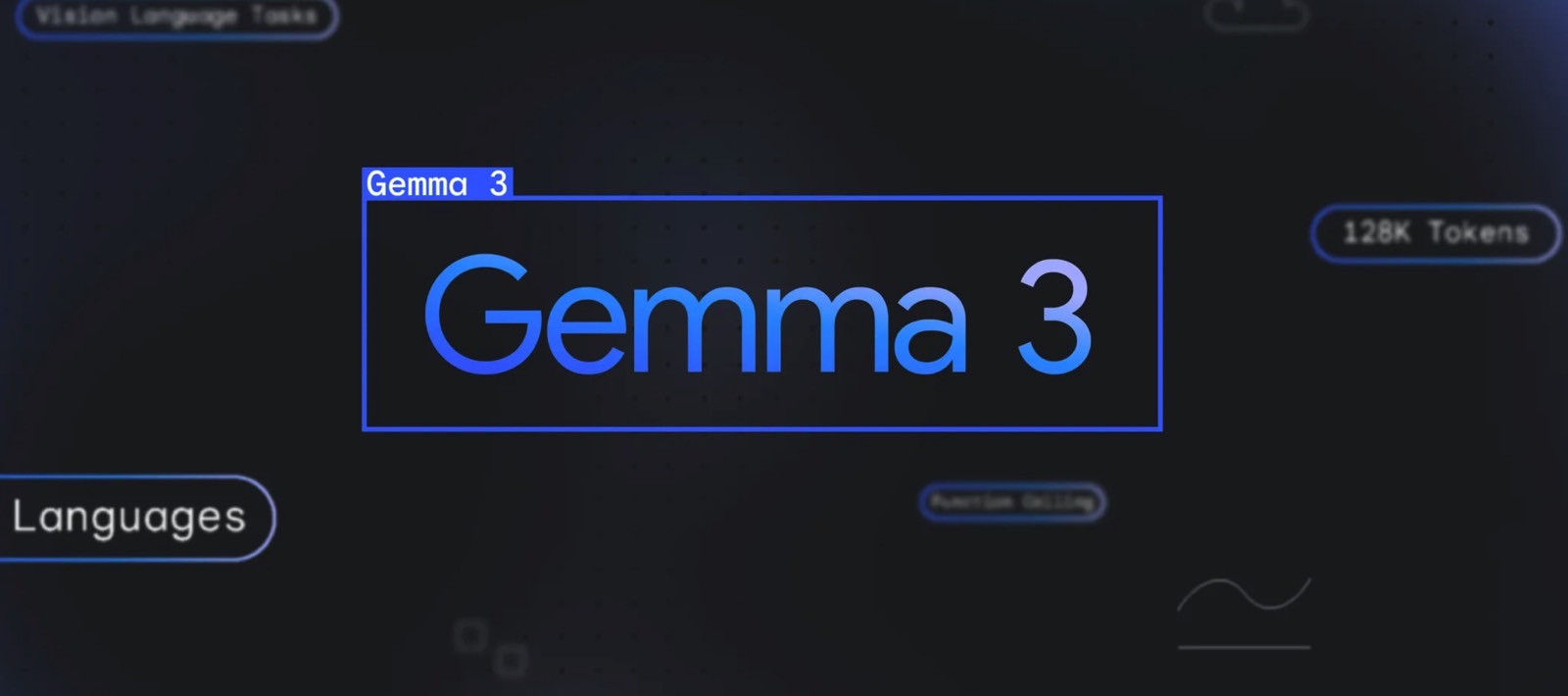

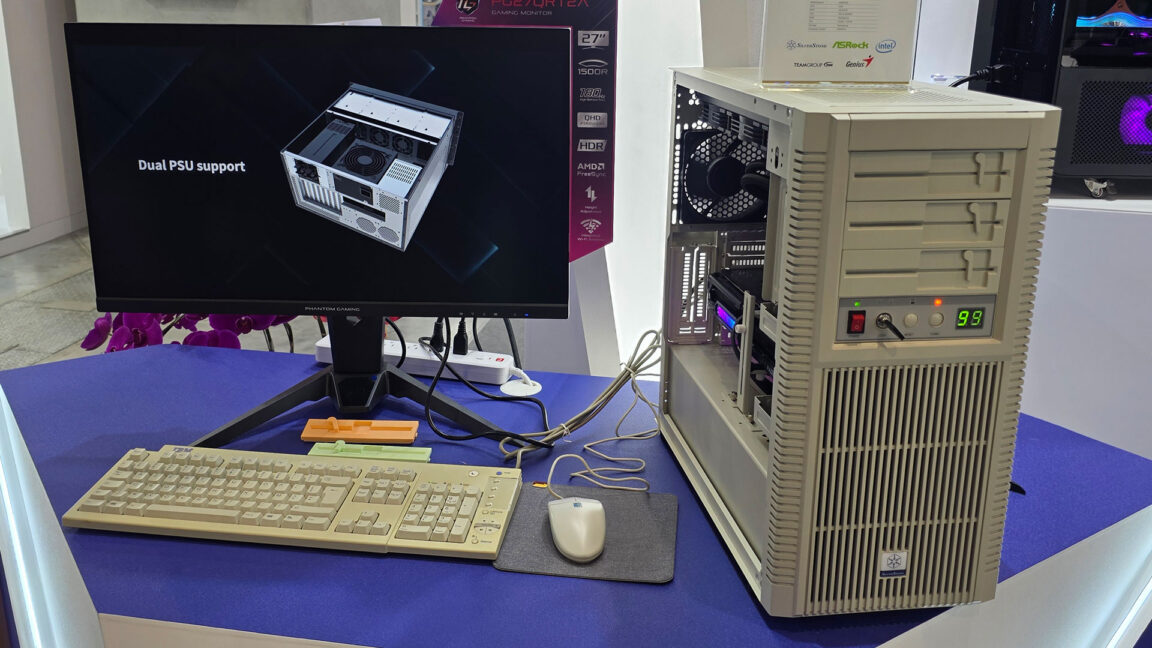


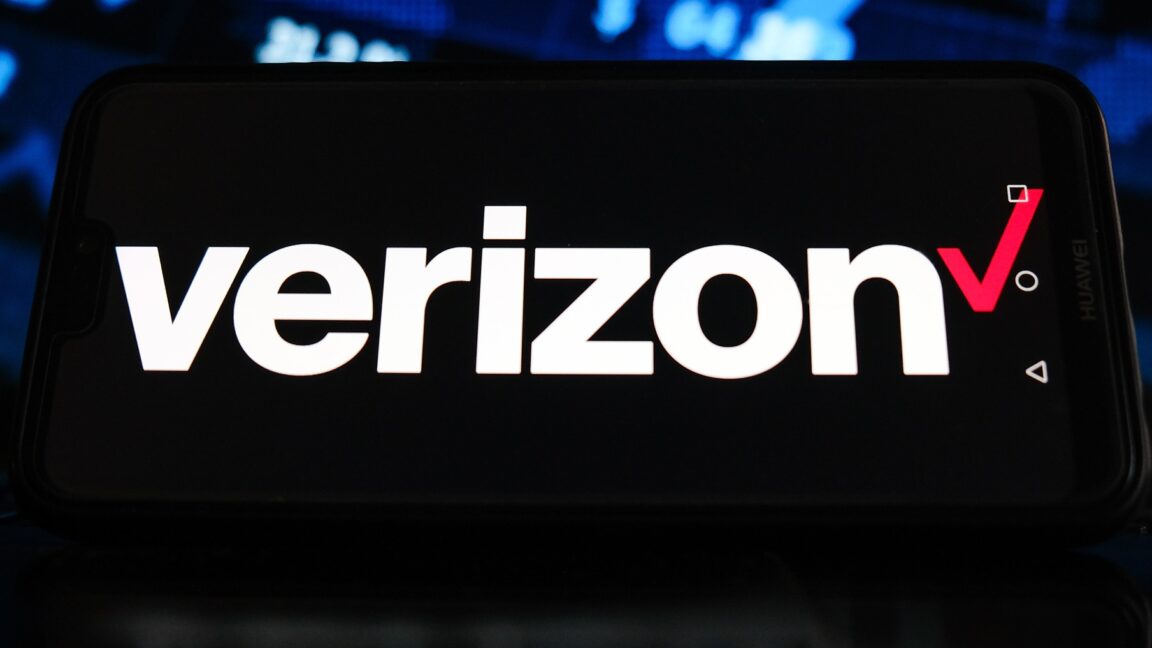
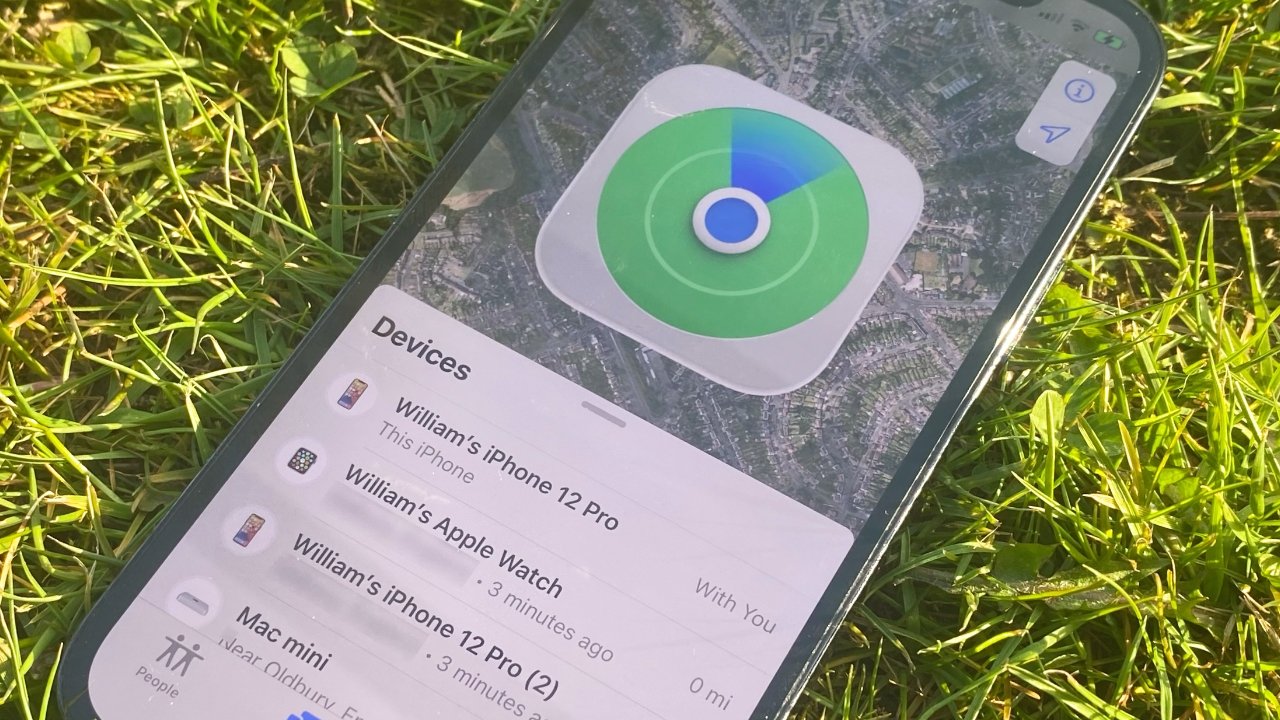
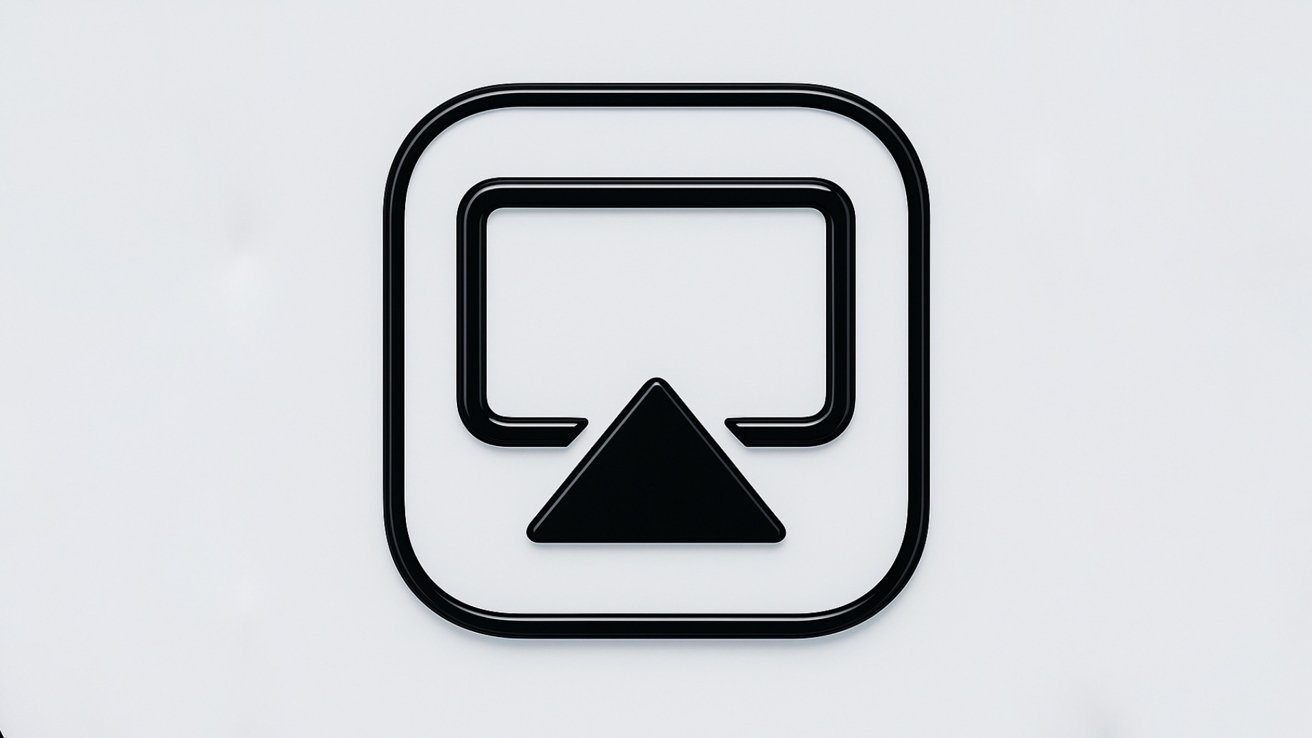
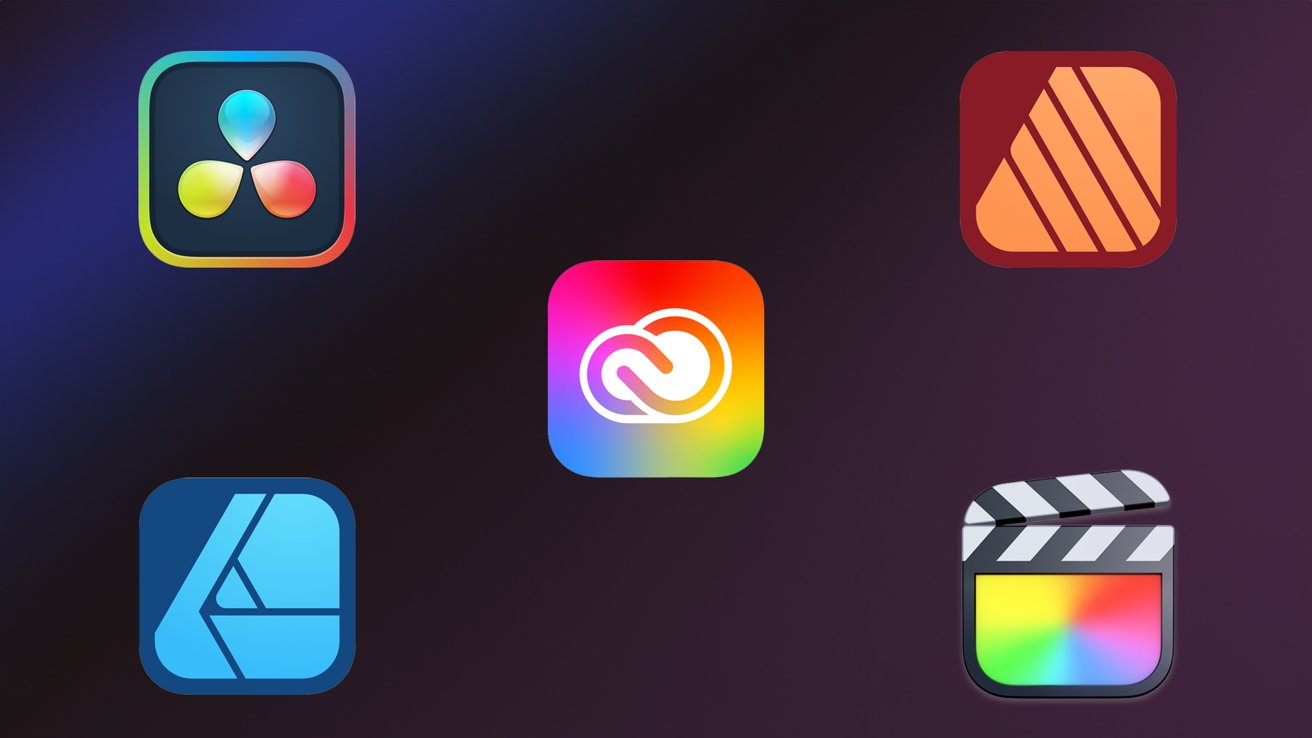
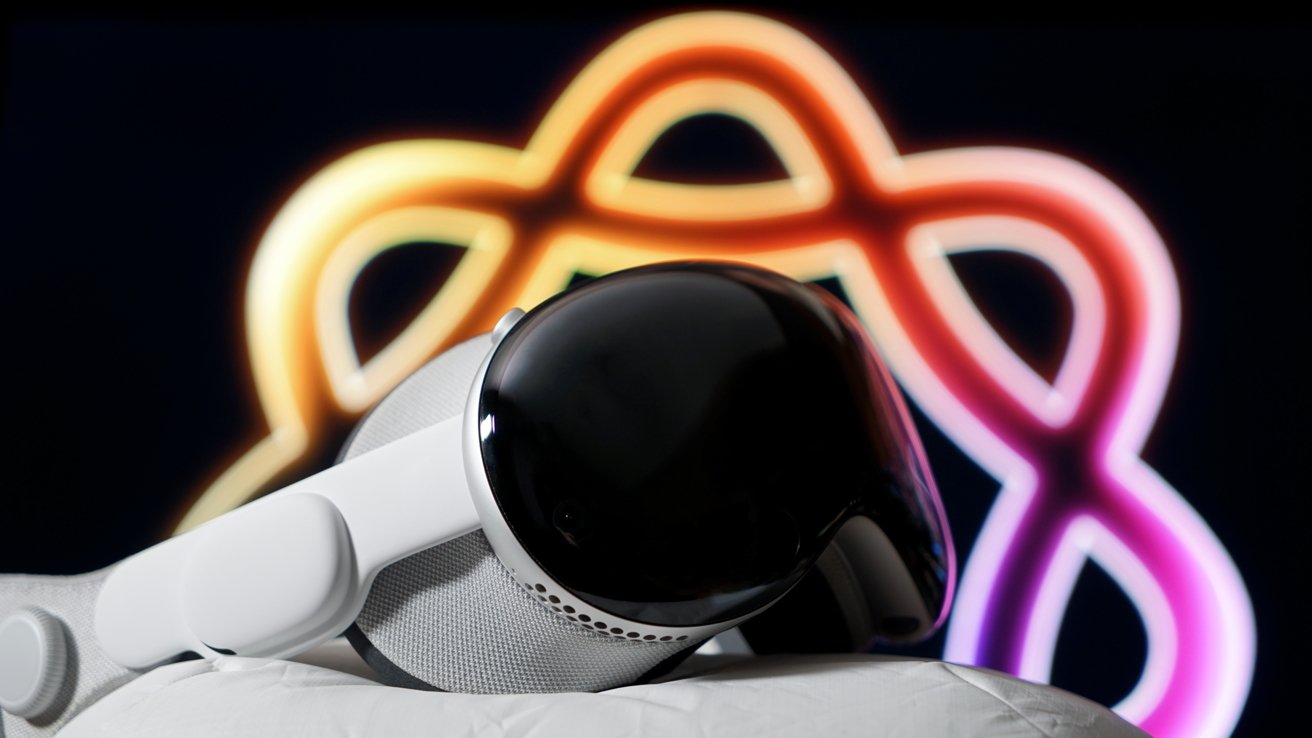
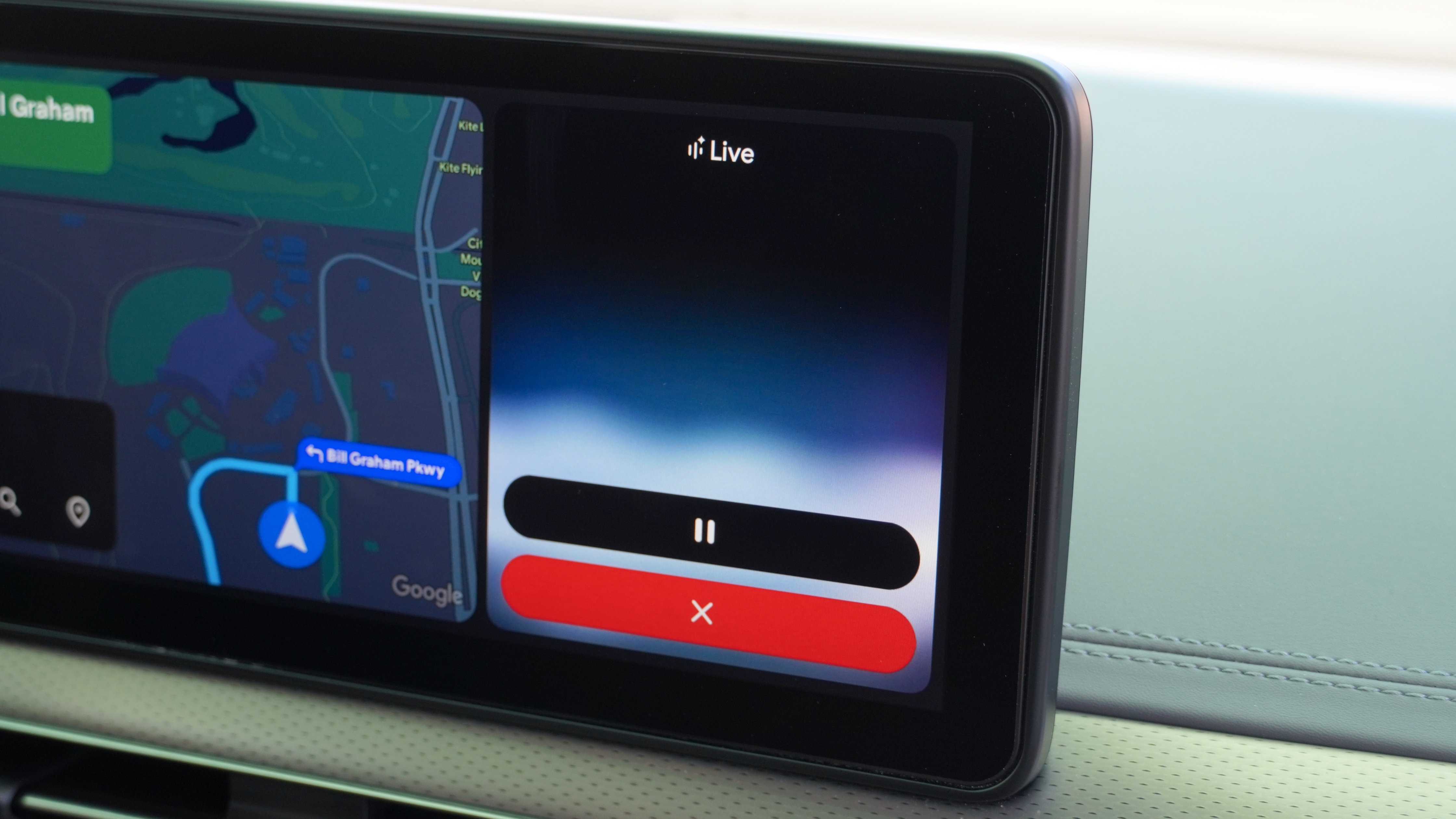

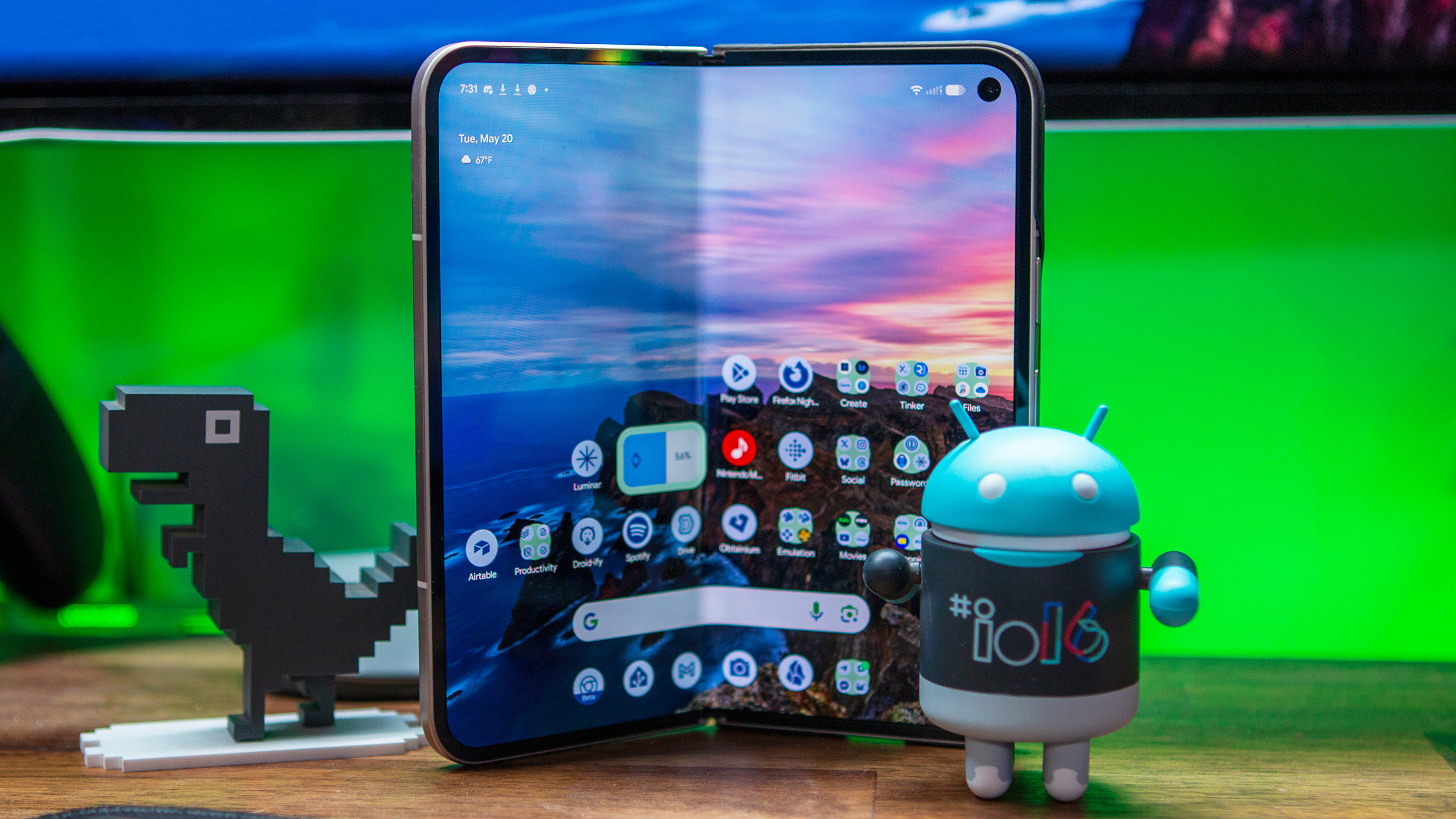



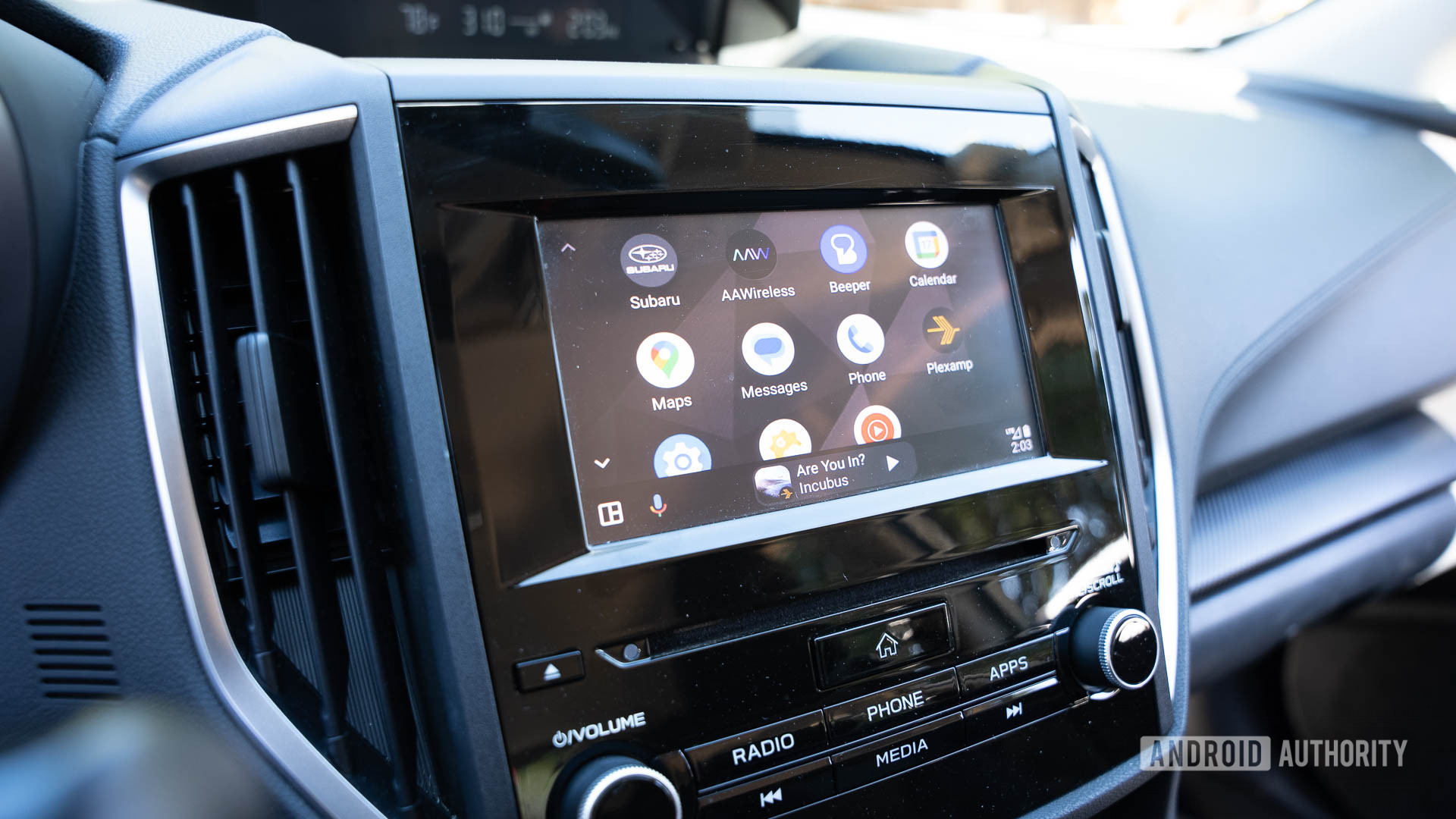




















![Apple Leads Global Wireless Earbuds Market in Q1 2025 [Chart]](https://www.iclarified.com/images/news/97394/97394/97394-640.jpg)

![OpenAI Acquires Jony Ive's 'io' to Build Next-Gen AI Devices [Video]](https://www.iclarified.com/images/news/97399/97399/97399-640.jpg)
![Apple Shares Teaser for 'Chief of War' Starring Jason Momoa [Video]](https://www.iclarified.com/images/news/97400/97400/97400-640.jpg)










